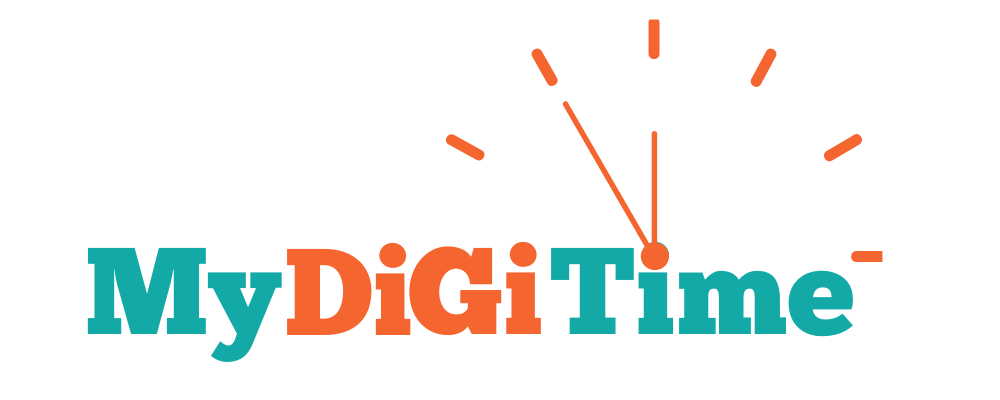Over-optimization is like adding too many toppings to a pizza – when you try too hard to please search engines by stuffing your website with too many keywords and tricks. Instead of making the website better, it can actually make things worse.
For example, imagine someone who keeps adding many keywords everywhere on their website, even if they don’t fit naturally. It’s like putting too much cheese on a pizza – it just ends up messy and hard to enjoy. This can make the website uninteresting for both people and search engines. This blog post explains everything you need to know about SEO warnings and their solutions.
Concept of Over-Optimization
This refers to when website owners or SEO practitioners apply many unwanted tactics to manipulate search engine rankings rather than focusing on providing valuable content for users. While SEO is crucial for visibility, crossing the fine line into over-optimization can harm website credibility and user experience.
Here are some common concepts leading to over-optimization:
- Keyword Stuffing:
The most common forms of this concept involve the excessive use of keywords in website content, meta tags, and other on-page elements. While keywords are important for SEO, stuffing them unnaturally into content can make it unreadable and unappealing to users.
- Manipulative Link Building:
It can also be displayed through manipulative link-building practices, such as buying links, participating in link schemes, or excessively optimizing anchor text. These tactics may temporarily boost rankings but can lead to search engine. penalties in the long run.
- Thin or Duplicate Content:
The creation of thin or duplicate content solely to target specific keywords. Search engines always prioritize high-quality, original content, so duplicating content across multiple pages or domains can result in lower rankings.
- Ignoring User Experience:
It often involves prioritizing search engine algorithms over the needs and preferences of actual users. This can lead to poor user experience, high bounce rates, and decreased engagement, ultimately harming a website’s credibility and authority.
- Penalties from Search Engines:
Search engines like Google have “Penguin and Panda algorithms” to detect and penalize over-optimized websites. Penalties can range from lowered rankings to complete removal from search results, severely impacting organic traffic and online visibility.
How to Identify Over-Optimization
Identifying over-optimization in SEO requires analytical tools, manual review, and an understanding of search engine guidelines. Here are several methods to identify it:
- Keyword Density Analysis:
Use SEO tools to analyze the keyword density of website content. Excessive keyword density, where keywords are unnaturally repeated throughout the content, may indicate unnatural keyword density.
- Backlink Profile Review:
Examine the website’s backlink profile for signs of manipulative link-building tactics, such as an unusually high number of exact-match anchor text links or links from low-quality or irrelevant websites.
- Content Quality Assessment:
Consider the quality and relevance of the website’s content. Look for signs of thin or duplicate content that appears primarily created for search engines ranking rather than users.
- Page Load Speed Analysis:
Check the website’s page load speed, as over-optimized websites may sacrifice load speed for excessive scripts, images, or other elements to boost SEO performance.
- Anchor Text Diversity:
Check the diversity of anchor text used in internal and external links. Over-optimized websites often have a high percentage of exact-match anchor text, which can appear unnatural to search engines.
- Manual Penalties:
Check for manual penalties issued by search engines, particularly Google. These penalties are often accompanied by notifications in Google Search Console and may indicate Excessive optimization practices that violate search engine guidelines.
- Ranking Fluctuations:
Monitor ranking fluctuations for target keywords. Sudden drops or fluctuations in rankings may indicate algorithmic penalties resulting from EO saturation.
- User Engagement Metrics:
Analyze user engagement metrics such as bounce rate, time on page, and pages per session. Low engagement metrics suggest that users are not finding the content valuable or engaging, possibly due to over-optimized content.
- Google Search Console Data:
Utilize data from Google Search Console to identify issues such as manual actions, indexing errors, or unnatural link patterns that could indicate over-optimization.
- Competitor Analysis:
Compare the website’s performance strategies with the same niche competitors. Look for differences in tactics or suspicious patterns that could indicate over-optimization.
Conclusion
If you suspect that over-optimization may affect your website, it’s crucial to take action promptly. Utilize the methods outlined in this article to identify potential issues and make necessary adjustments to ensure compliance with search engine guidelines.
As you work on making your website better for search engines, keep a good balance between SEO tactics and focusing on what’s best for your users. By sticking to what works well and keeping an eye on how your site is doing, you can avoid overdoing it with optimization and easily maintain an online presence.
Don’t let excessive SEO efforts ruin your website’s ranking. While SEO is beneficial, going overboard with technical tactics can cause problems and hurt your website’s ranking. Take control of your SEO strategy today and focus on providing valuable content and a seamless user experience. Your website’s success depends on it.
Ready to optimize your website the right way? Implement these strategies today and take the first step towards SEO success. Your website’s ranking depends on it!
Visit my site, MyDigiTime, today for personalized guidance and expert assistance in improving your Content marketing and Digital marketing strategy.
Remember, it’s not about tricking search engines – it’s about delivering value to your audience. Let’s work together to build a more substantial, more sustainable online presence.


This was an interesting and very informative read. In today’s times where everyone is using all the tricks in the book to rank ahead of their competition..this comes as an eye-opener and a good reminder that our main aim should be to take the user’s preference into account. Thanks for penning this ! Cheers!